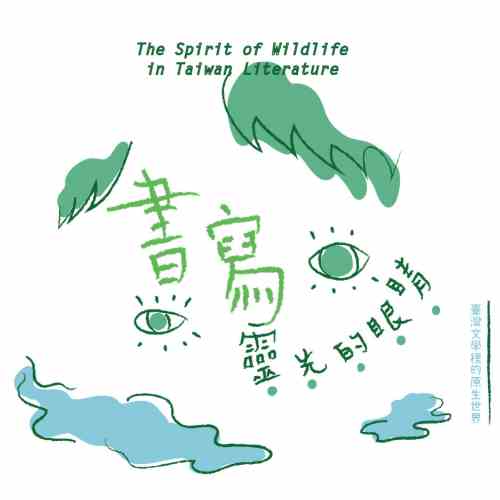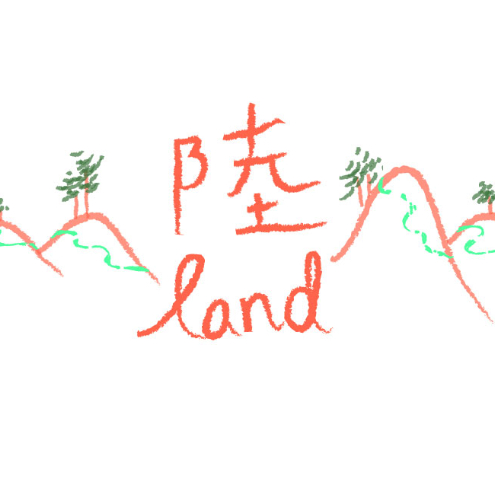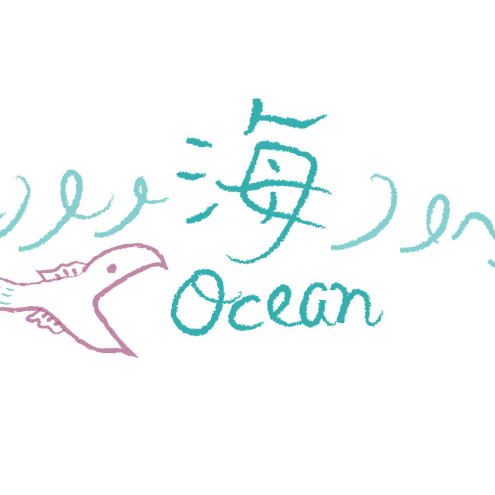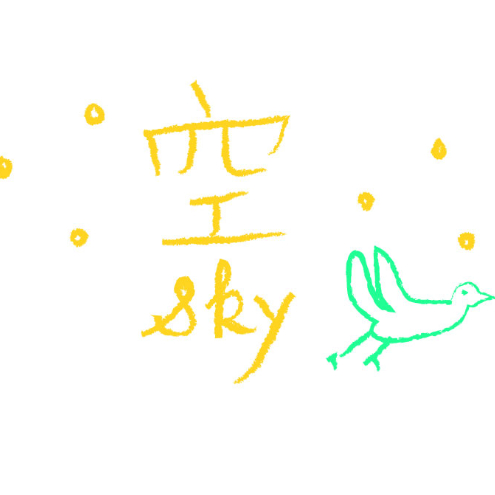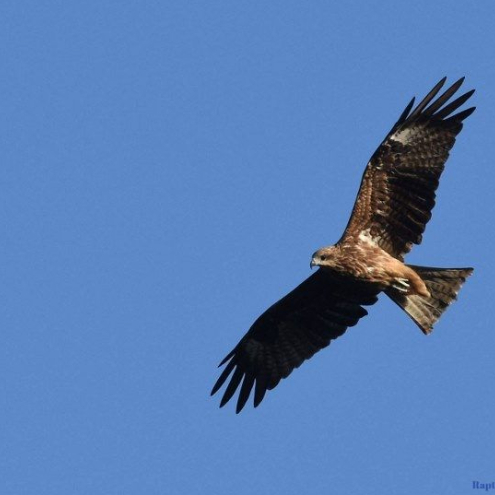Introduction
I stood on the shores of Daan Beach and looked through my binoculars at the orca a hundred meters away. It was then that I thought of how our mammalian ancestors parted ways millions of years ago, each going down a path that would never meet, as if separated by a continuous chasm. As I watched it struggling and nearing its end, I realized that though the eons may have rendered us into two different animals living in our own environment, our journeys would in fact overlap as we approached death. With this, the orca seemed to lay right in front of my eyes. It seemed as if my own fate was somehow connected to it.
——Liu Ka-shiang, "Death of the Black Whale," Travels along the Mountain Gorge
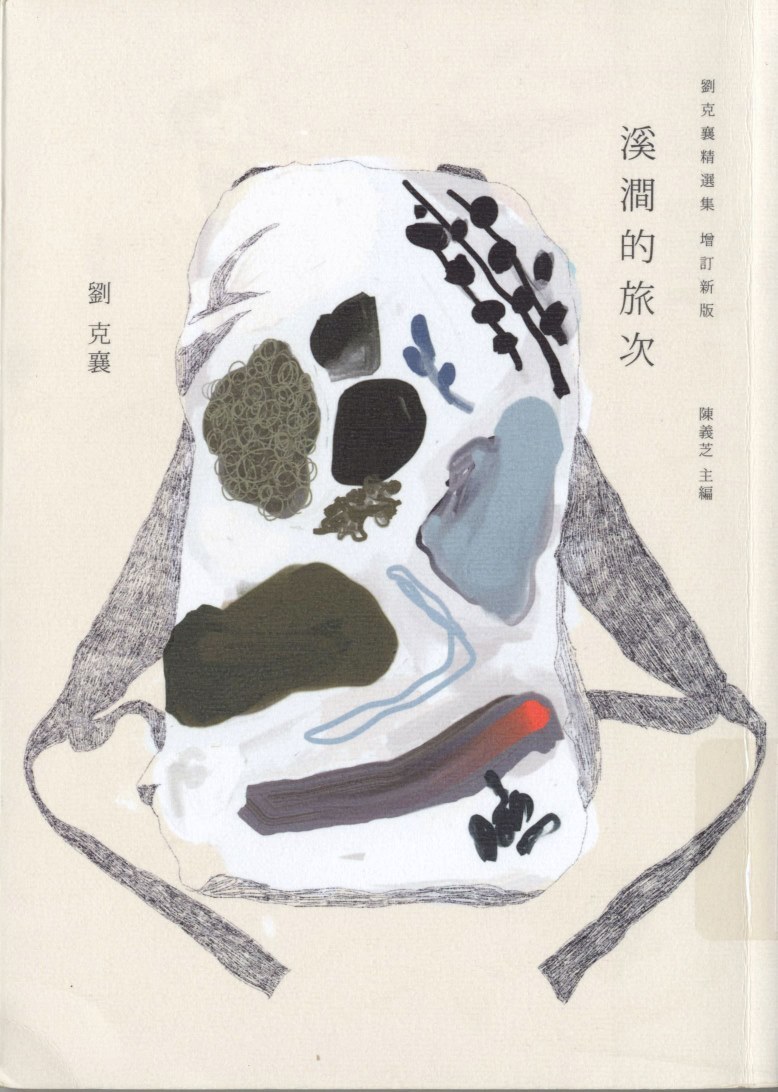
📖 Liu Ka-shiang, Travels along the Mountain Gorge, Chiuko Publishing
Taiwan's economic development was at an all-time high during the 1980s–its society industrialized in a flash, which ultimately contributed to worsening pollution and ecological disruption. It was during this time that many authors began to write and bring attention to land ethics and the environment. Through literature, these writers sought to understand their surroundings, care for the life around them, and explore beyond the human sphere, all the while placing nature at the heart of their works even to this very day.
Now, let us leave behind our human perspectives and go along with the words and sentiments of these authors as we soar through the skies, explore the earth, and dive under the oceans to hear the inner thoughts of the fauna around us.
We welcome one and all to step into the world of animals in Taiwan literature.
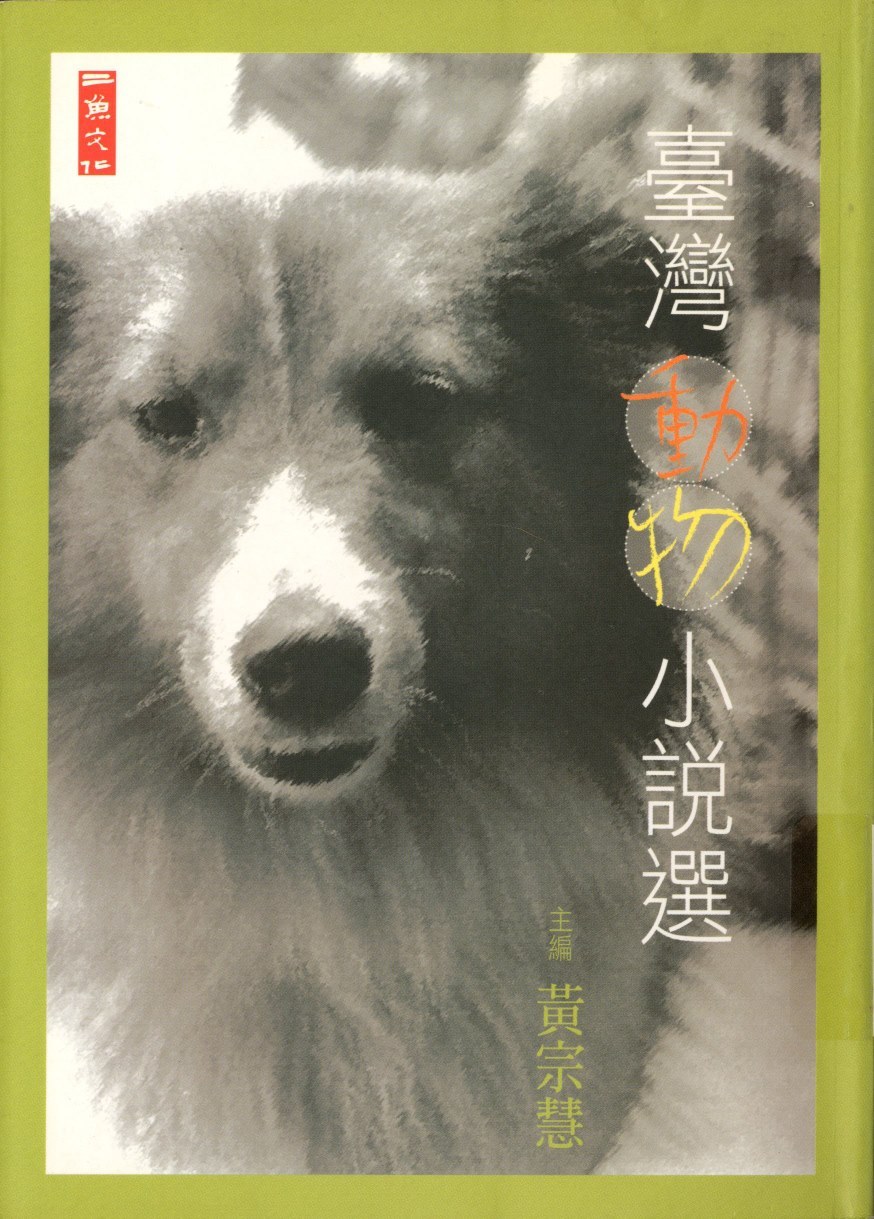
📖 The Animals of Taiwan: A Short Story Collection, Eryu Culture Publishing House
Edited by Tsung-huei Huang, this book contains 16 stories about Taiwan’s animals.
The Animals of Taiwan: A Short Story Collection is the first book of its kind in Taiwan. The editor-in-chief, Iris Tsung-huei Huang, has participated in research and many wildlife conservation causes. The collection is organized by narrative style into the three categories of Watching, Imagining, and Encountering in order to convey the close ties between humans and animals. Each story guides the reader to view the world through the eyes of an animal and to adopt a deeper concern for their plight.
